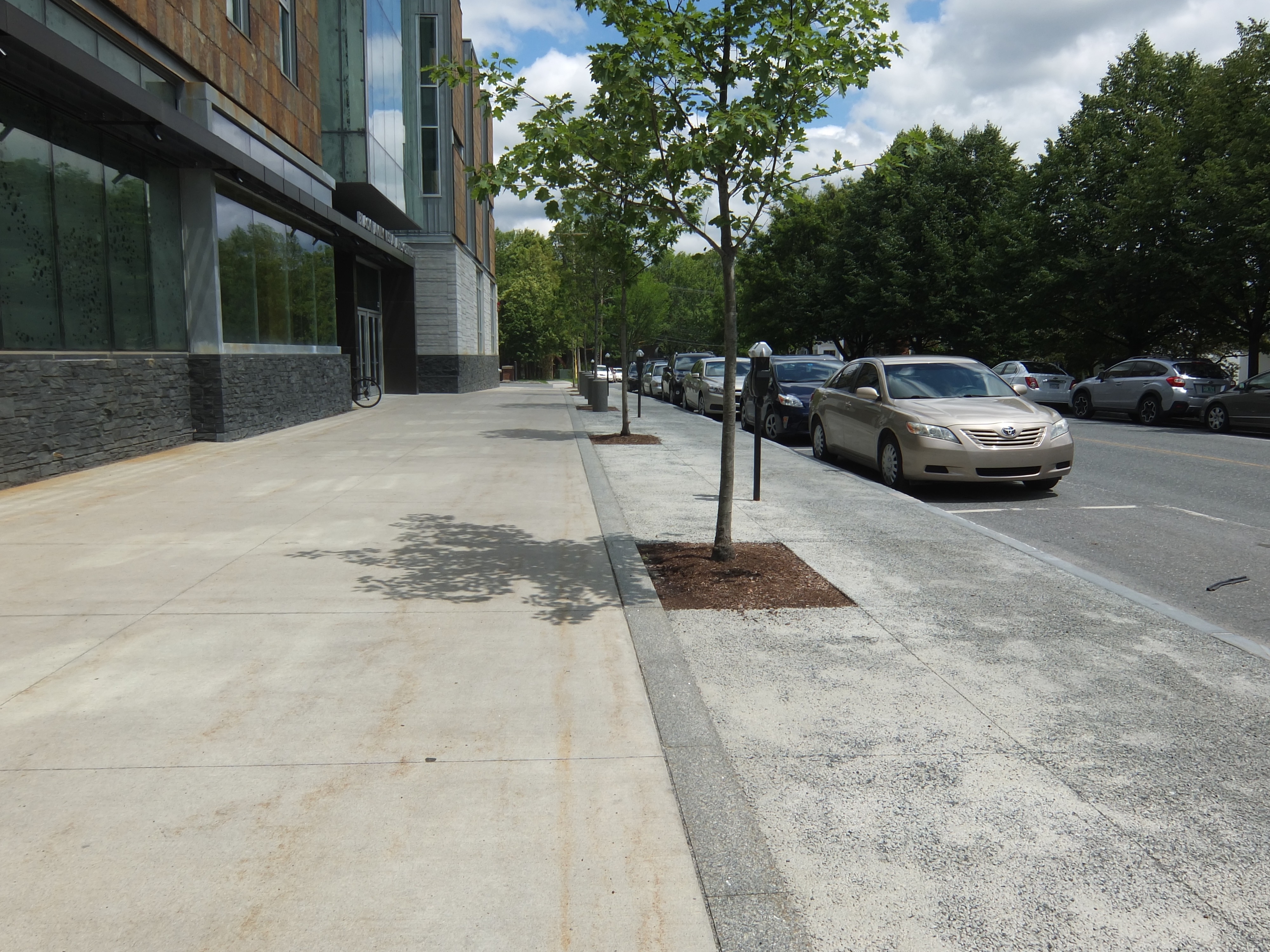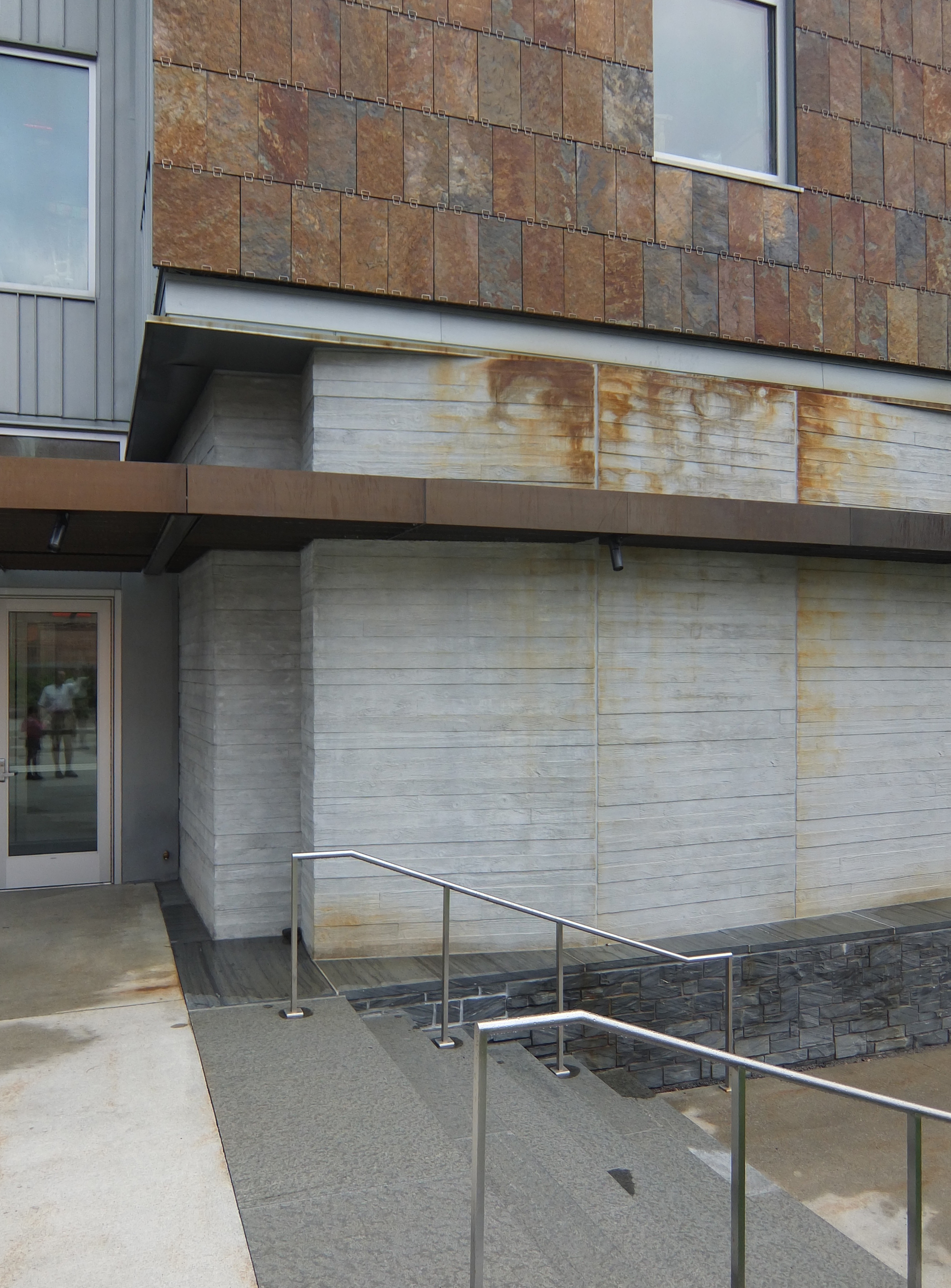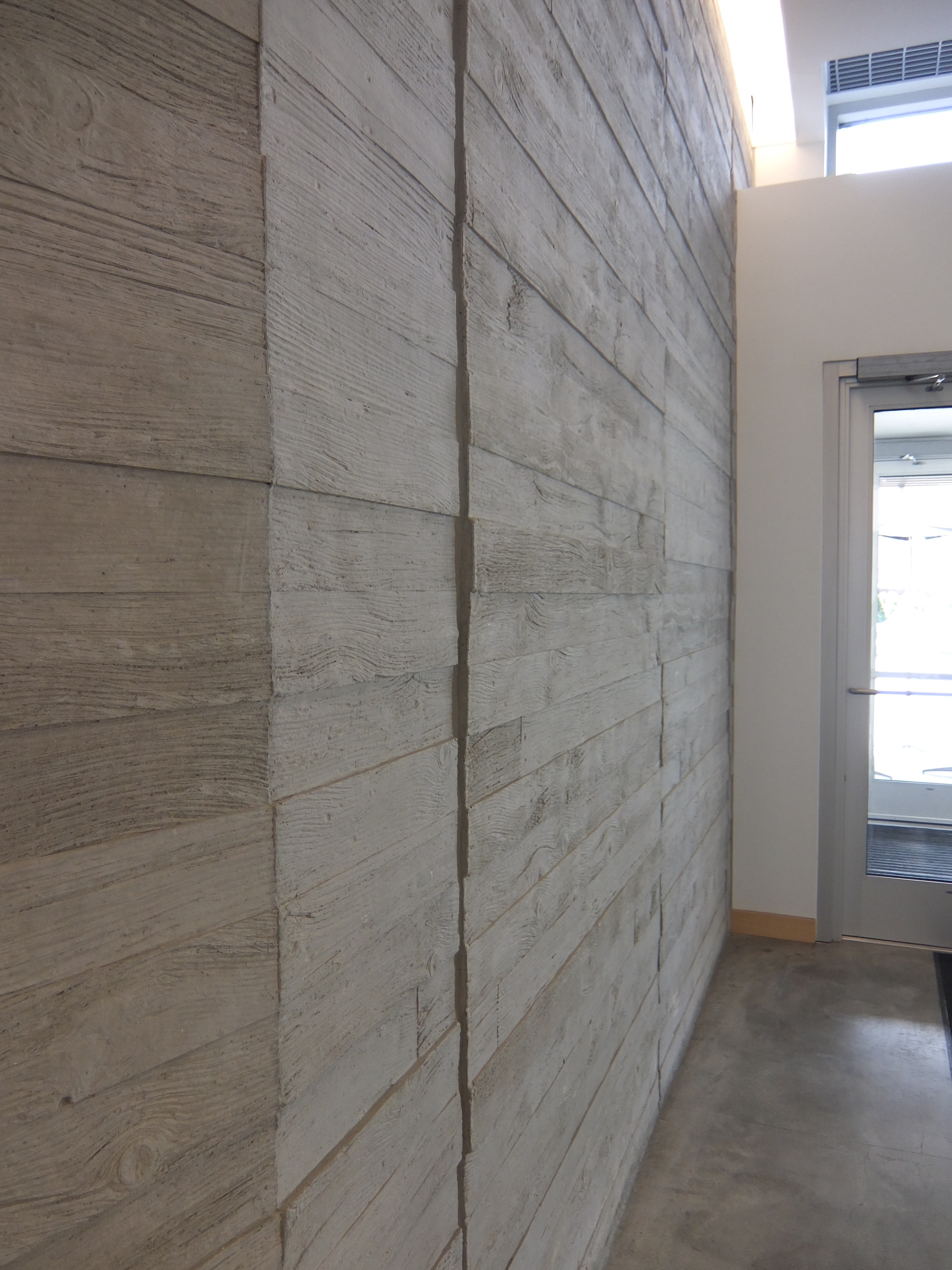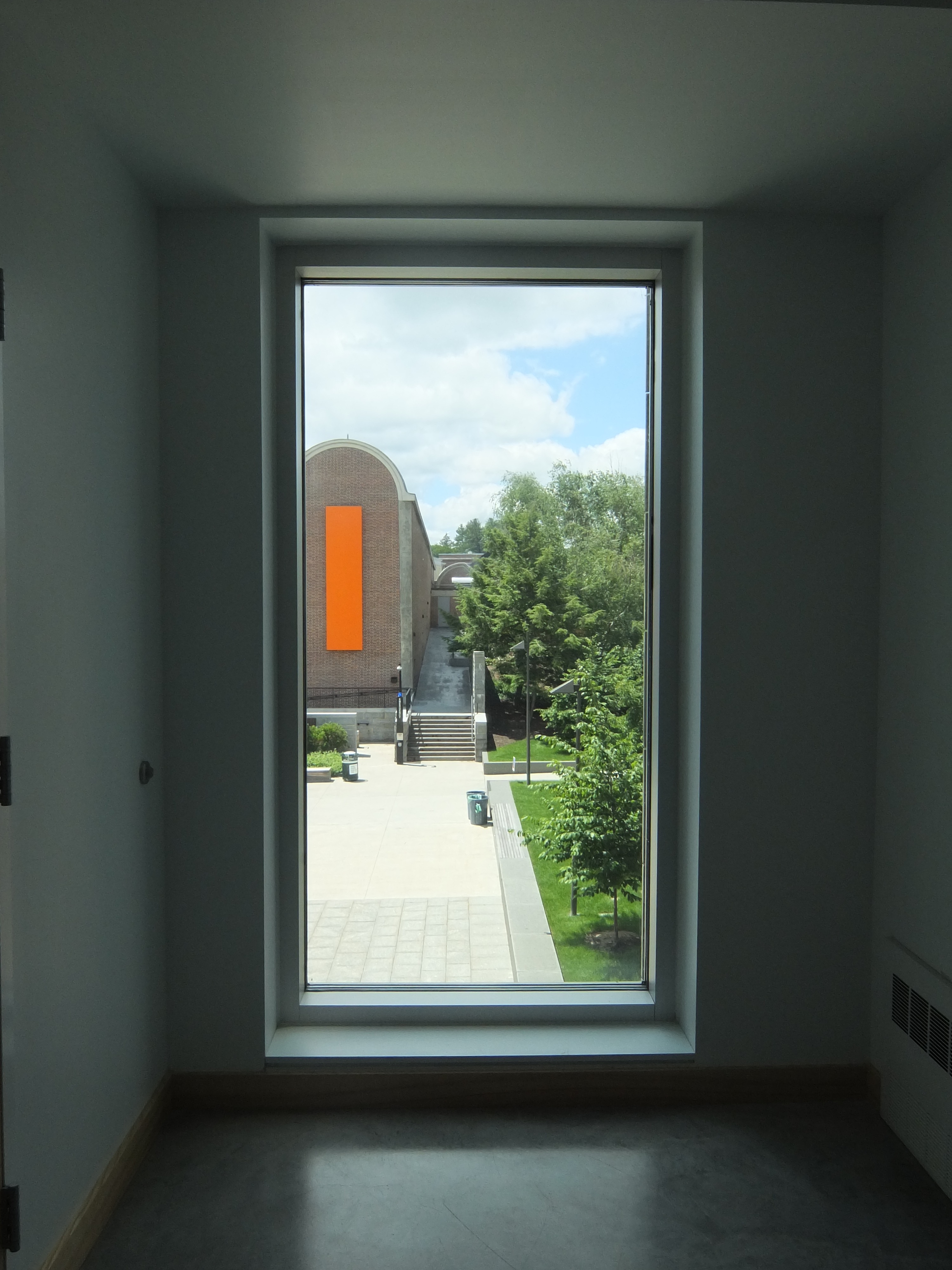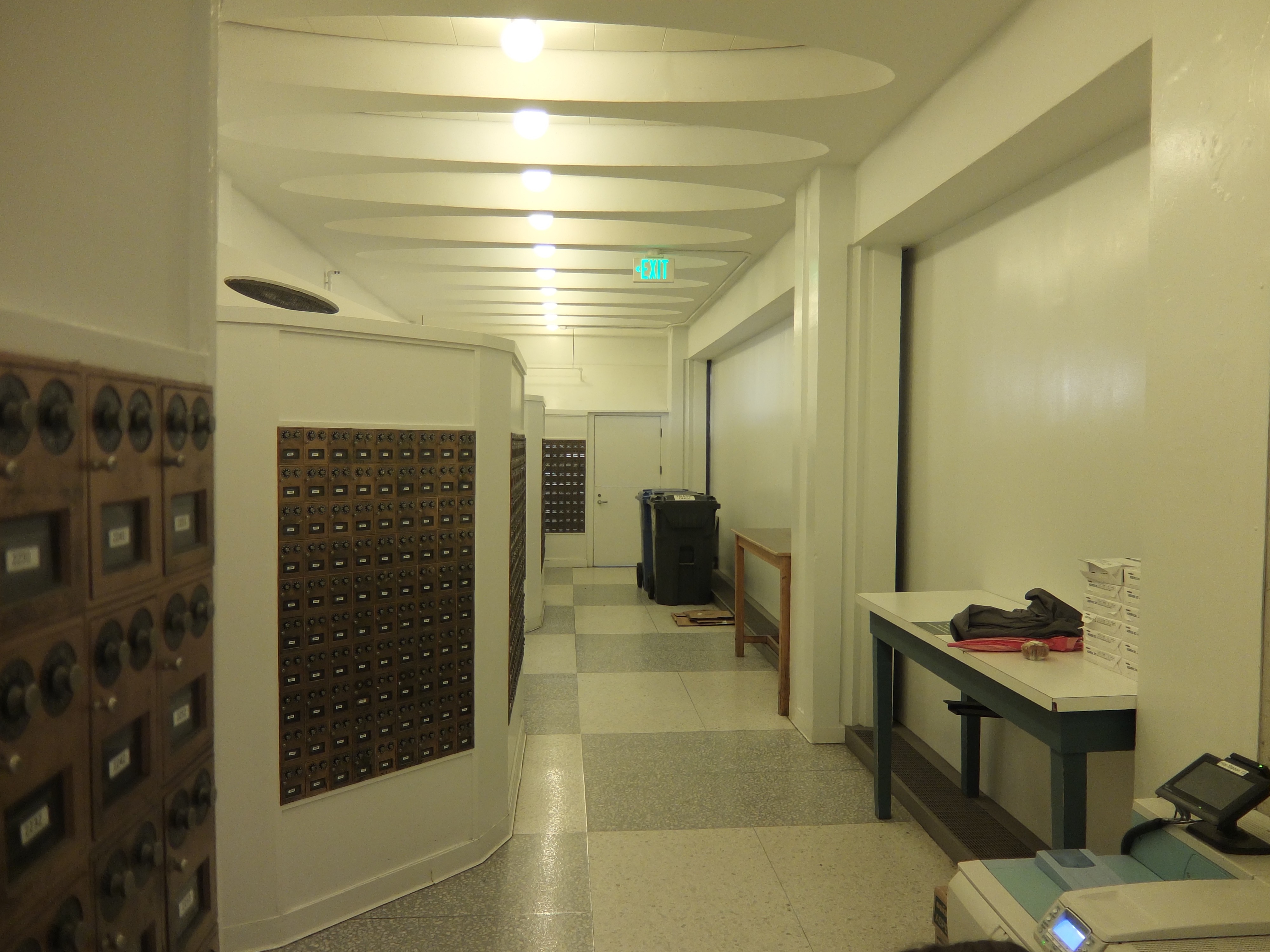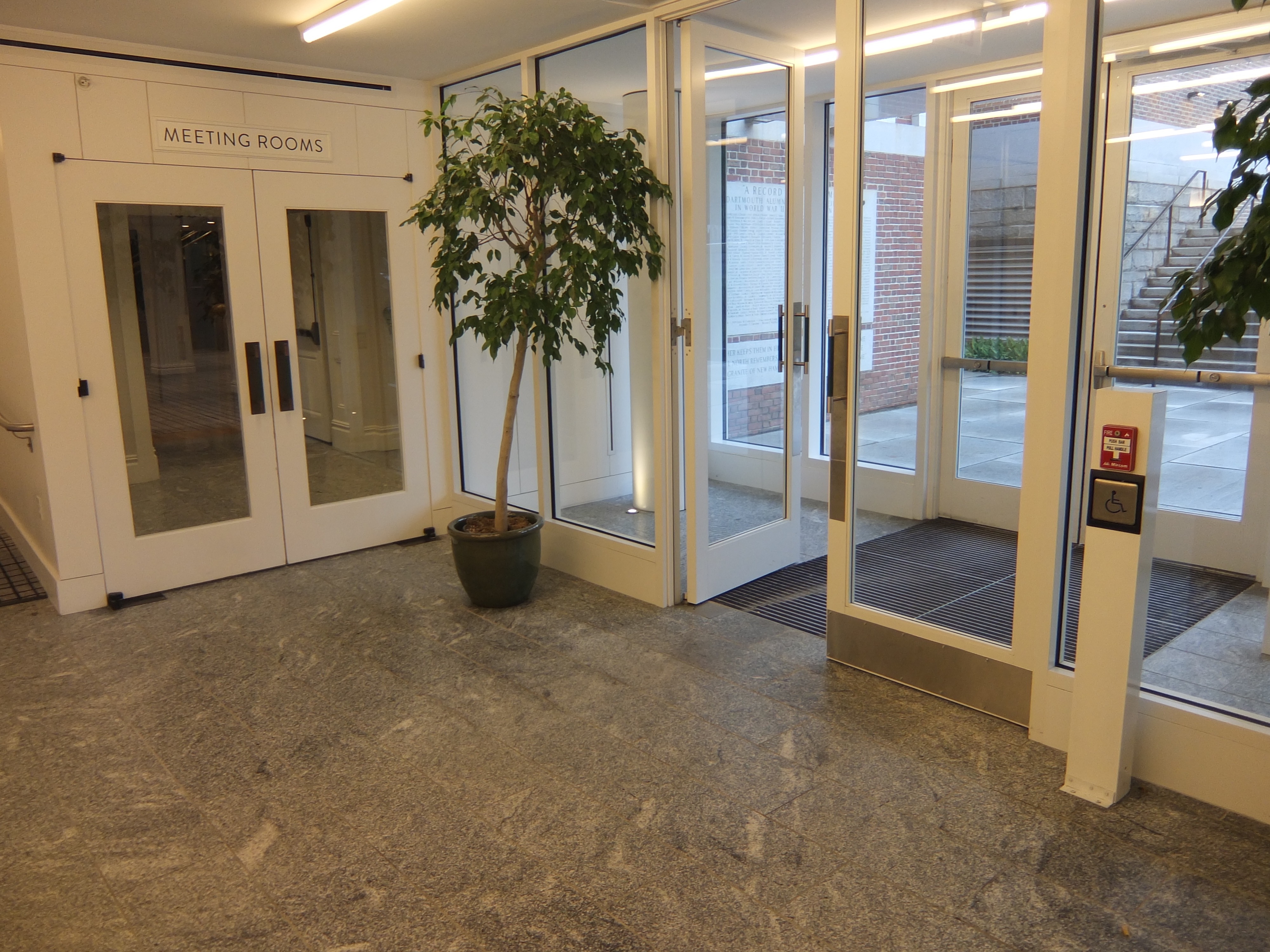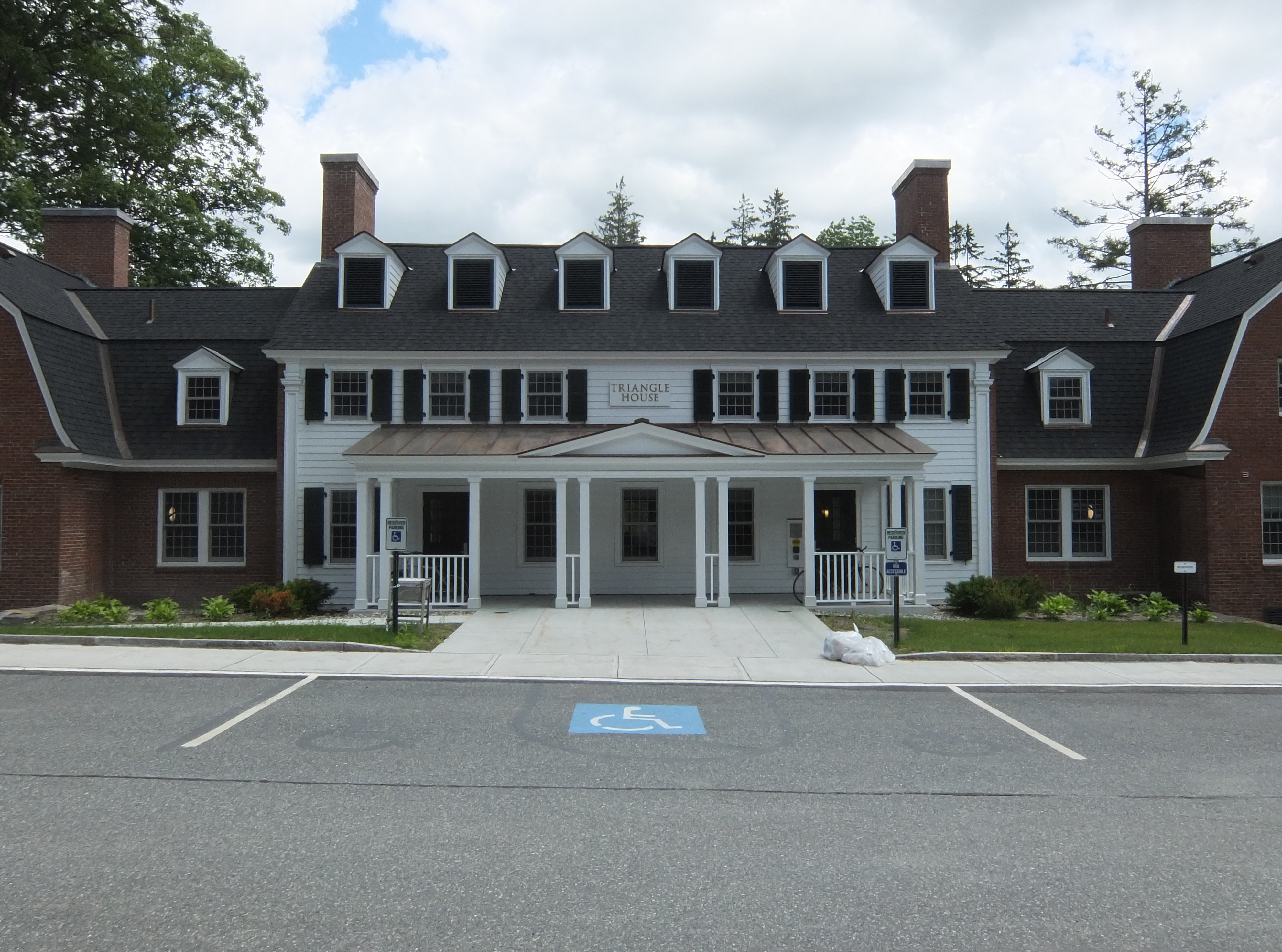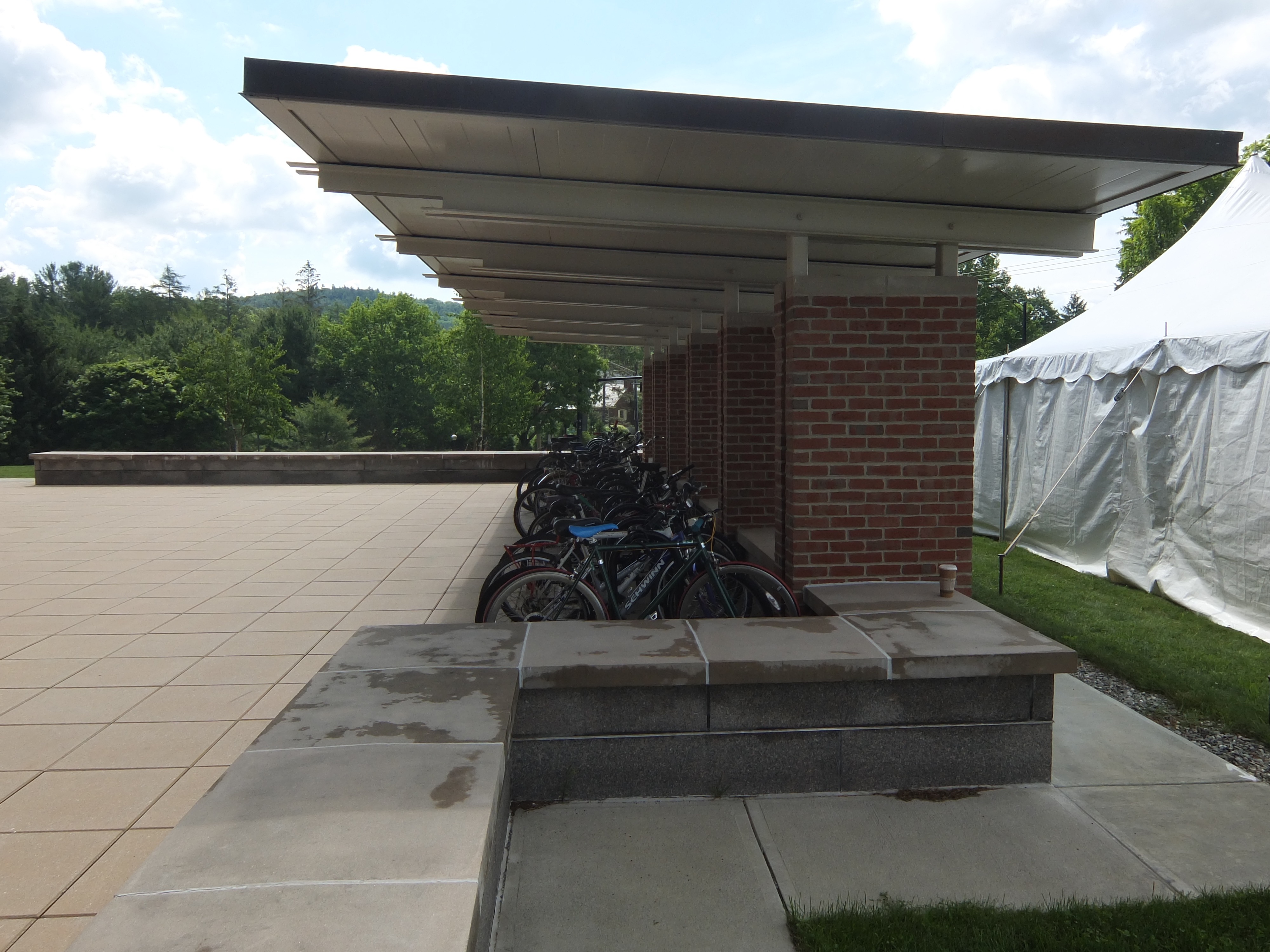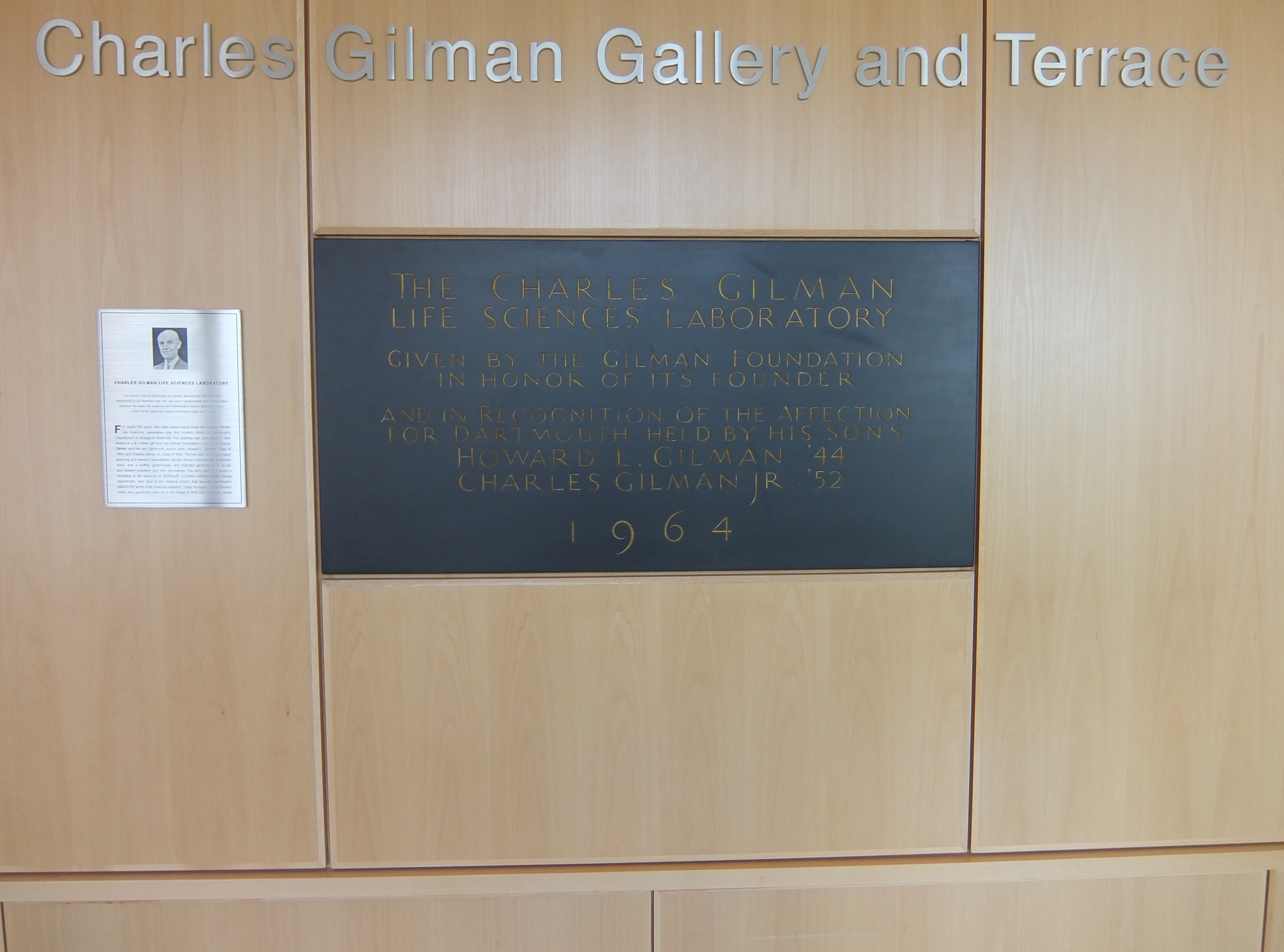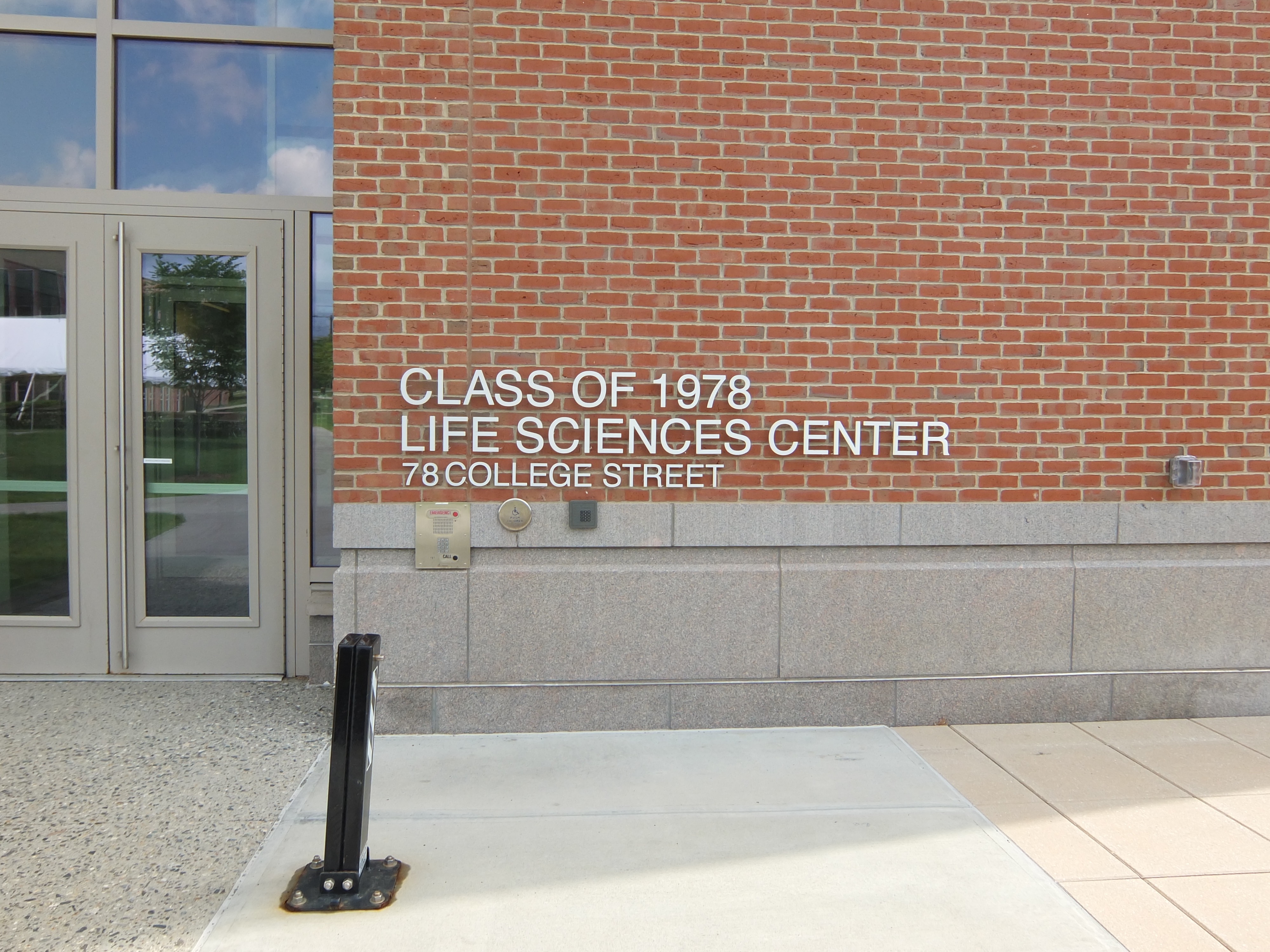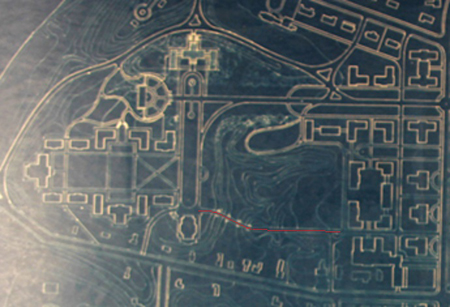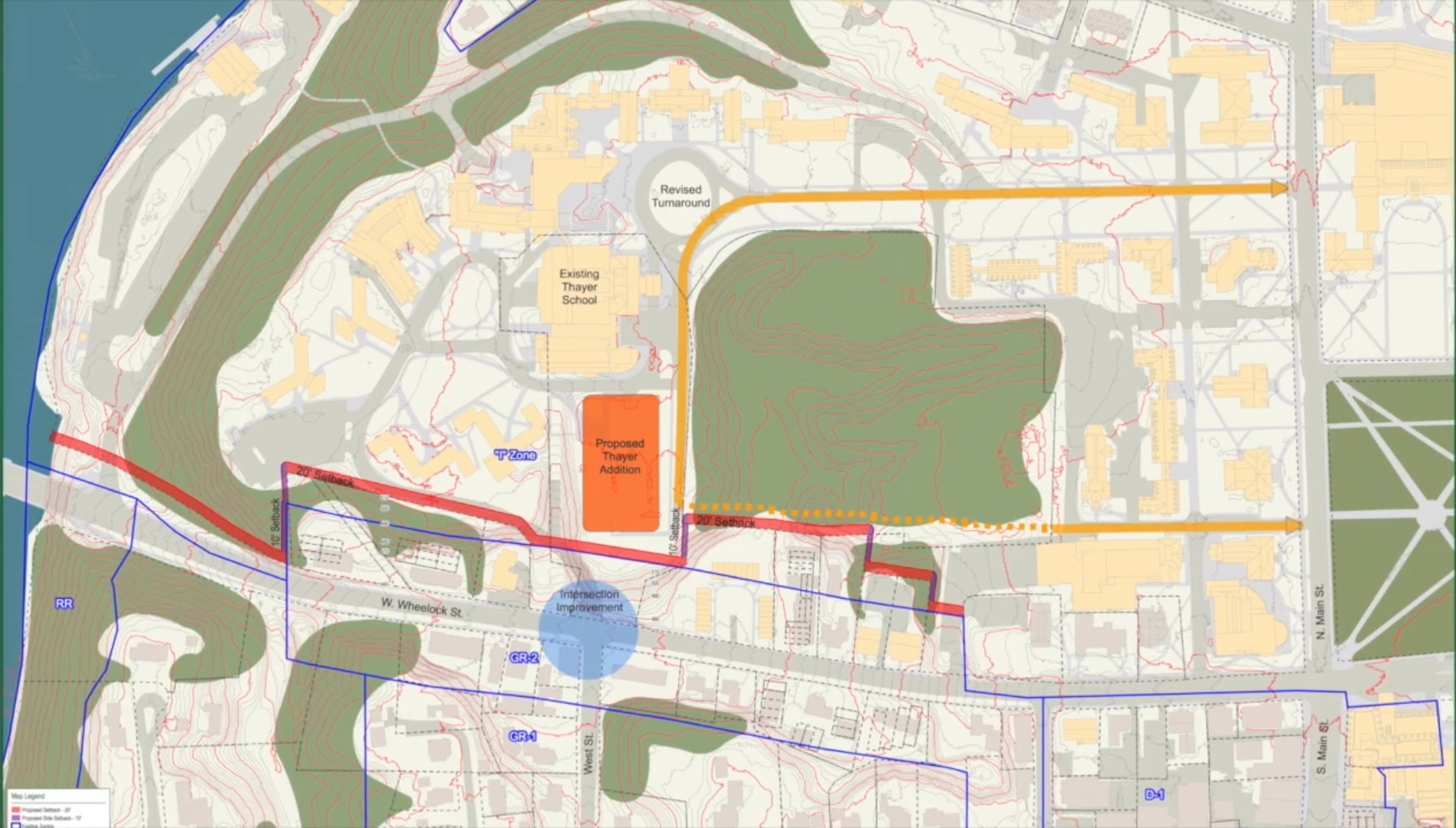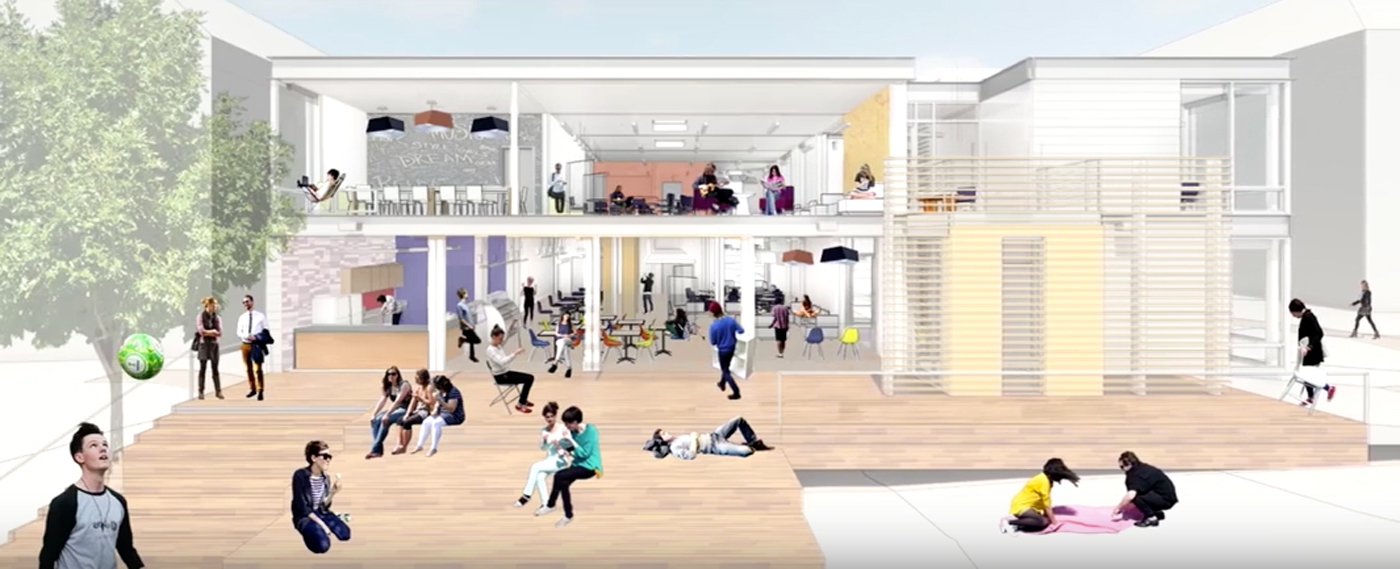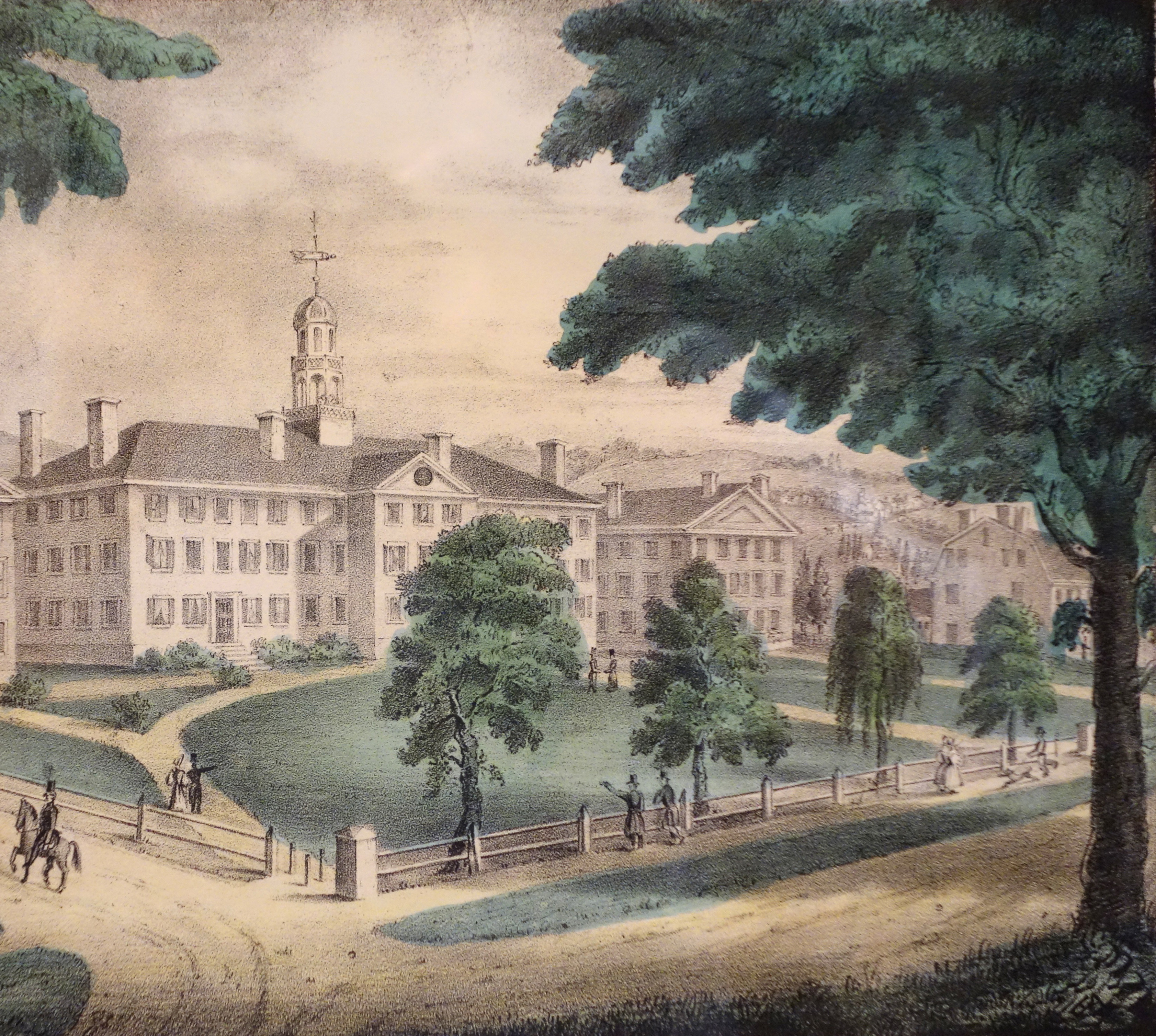-
The Valley News reports that the Norwich Historic Preservation Commission was named the Commission of the Year by the National Alliance of Preservation Commissions.
-
Prolific N.H. beer blogger Adam Chandler posts a short but positive review of a new brewery in WRJ, the River Roost. It’s less than a quarter-mile down South Main from the original Catamount Brewery, sadly missed. (Some friends and I built a website for Catamount as a class project in the Spring of 1995, but I don’t think we ever showed it to the company. And it’s good to see the venerable Seven Barrel Brewery still going; we ate there five times the first week it was open.)
-
It is interesting that the new plaque at Memorial Field (Flickr photo), which kinda quotes Richard Hovey’s line “The hill-winds know their name,” honors alums who: (a) [have] “served,” (b) “are serving,” or (c) “will serve their country.” Although it’s not clear why “have served” is not sufficient to cover everyone, especially since the only names known to the hill winds are those of alums who have striven, fought, and died, the implicit inclusion of international students in their home countries is a nice touch. (It almost reminds one of the memorial at New College, Oxford, to the German members who died in WWI; Trinity College, Oxford, created its own memorial listing the German and Austrian members who gave their lives “for their country” in that war just last year.)
-
ORL (as of last spring?) is now organizing its dorm info pages according to House Communities instead of the old clusters. Thus we have West true to purple, South in black, etc. Each page presents one of the nice Burakian aerials.
There are still apparently no authentic pages by the House members themselves, not even rogue pages — although the Houses do have members. Let’s get with it, people!
-
The Valley News reported on Dartmouth’s demolition of the Fullington Farmhouse north of town. Here’s how it looked in context (view south toward town):
-
Sheldon Pennoyer Architects, PLLC of Concord designed the new Dartmouth Coach bus terminal in Lebanon, on the site of the Cadillac dealership on Labombard Road. Construction is by North Branch. See also the Valley News.
-
Beekeeping at the Orgo Farm is the subject of a news item.
-
The Dartmouth has a story on a recent celebration of the history of Dartmouth Broadcasting.
-
Courtyard Café employees will be driving a new food truck “to support programs and activities associated with the House systems” according to the Campus Services newsletter (pdf). The truck will accept only DBA payments (sounds good) and will be available only on nights other than Friday, Saturday, or Sunday (??).
-
The medical and other waste that the college and hospital buried at Rennie Farm years ago continues to cause problems (Valley News overview, cleanup announcement).
-
Neighbors continue to object to the plans for an athletic fieldhouse behind Thompson Arena. As reported by the Valley News, neighbors withdrew their zoning challenge during June but the controversy continues.
-
Back in 2009 Dartmouth Engineer Magazine published an interesting article called “Thayer in the Landscape” that depicted engineering projects by alumni around the world.
-
According to the Mac website Six Colors, the least popular emoji depicts a suspension railway. While passing through Wuppertal, Germany, this summer, I observed that city’s suspension railway, and boy is it fantastic. Wuppertal is a long city in the valley of the winding Wupper River, and the route of the elevated railway is established by the river itself rather than by the street network. The track is hung beneath pairs of great 19th-century metal legs that straddle the river. Here is a Street View showing the track along the river:
Here is a view with a train coming along the river:
The stations (old and new) also must straddle the river and essentially take the form of bridges.
———
[Update 09.18.2016: Tuck School expansion item removed for use in future post.]
